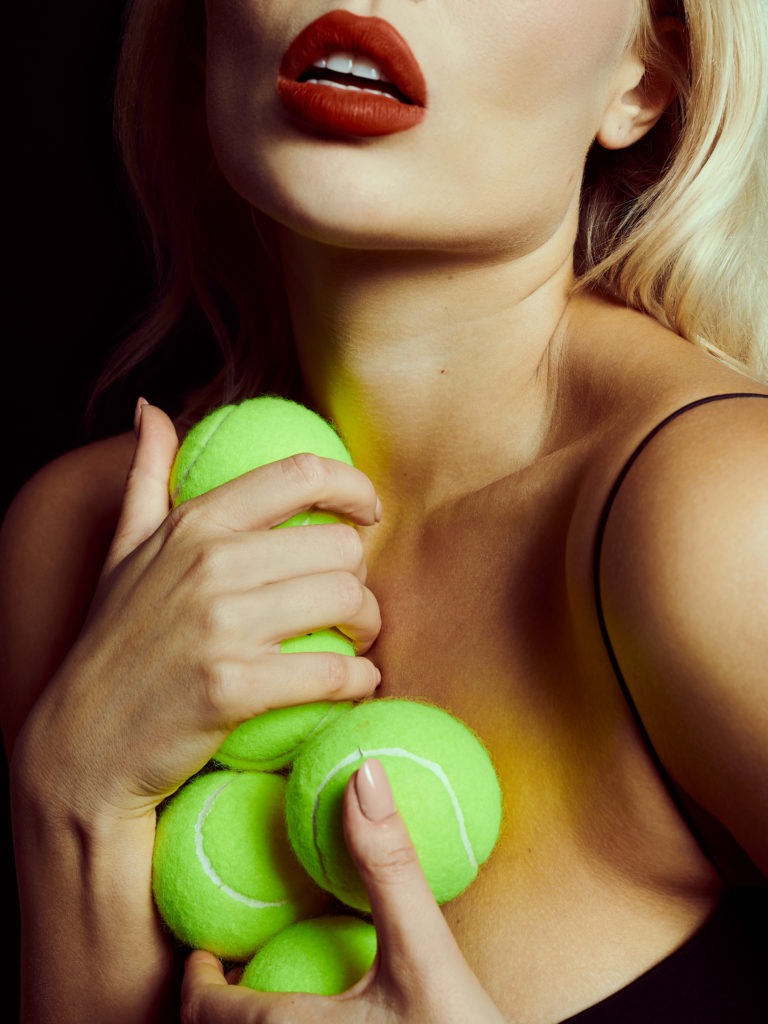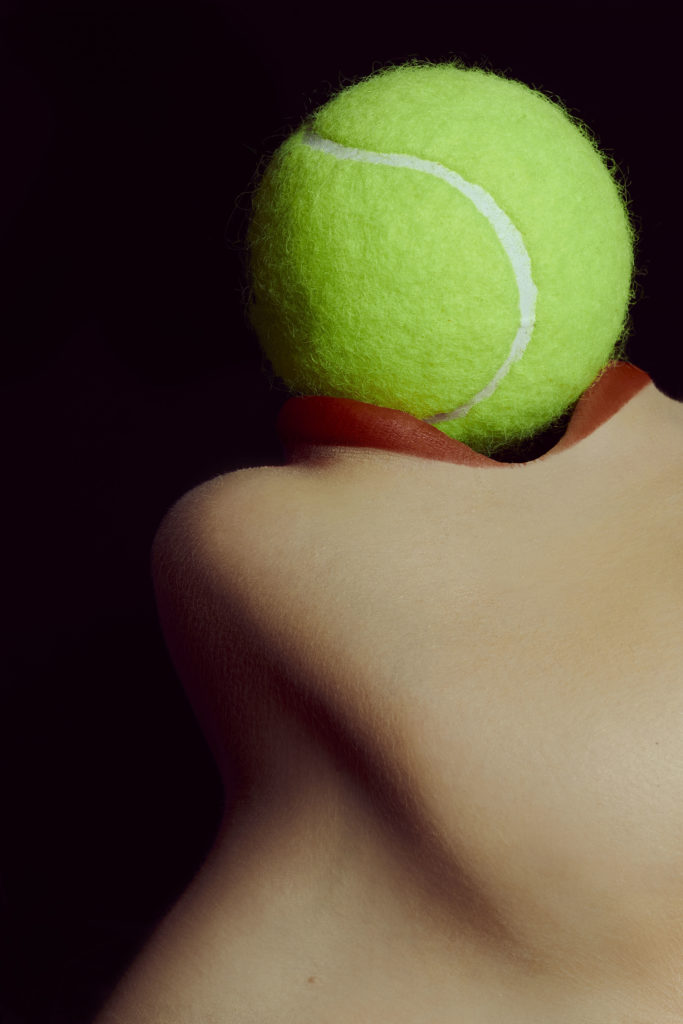A ball is one of the most important pieces of equipment when it comes to playing padel. Unfortunately, these balls look quite similar to tennis balls, which can be confusing when it comes to purchasing one.
Unlike a tennis ball, however, a padel ball is slightly smaller, made of a brighter yellow, and must have a bit more resistance and slightly lower pressure. In terms of impact and bounce, however, both are nearly the same.
There are lots of balls on the market that you can pick from, but for those new to the sport, picking a good one can be quite complicated. In this article, we dive deep into what makes a good ball, and the different features and signs you should look out for.
Features of a Good Padel Ball
Although casual players might not mind, or even be able to tell, purists will know that a great ball can make a world of difference.
Before you make a purchase, be sure to review the balls carefully and read all of the provided information — typically written on the side of the can for your convenience or in the product description of the online store.
When reading the details, the following are some of the features you should look out for.
Weight
When it comes to weight, padel and tennis balls are basically identical. Both are required to weigh somewhere between 56.0 grams and 59.4 grams. However, since our sport is played on a smaller court, some players prefer balls on the lighter side.
Resistance
It is important for a quality ball to have good resistance in order to travel across the court properly and last for a long time without breaking down. Additionally, low-quality balls will be quite squishy and won’t bounce properly.
Most cans will show how much pressure the balls can withstand on the packaging. If there’s no pressure indication, you can try squeezing the ball before buying one. If there’s too much give then there’s something wrong.
Bounce
A good ball should bounce easily, without requiring much force. You can test this out by lightly trying to bounce the ball on the ground near you. Ideally, the ball will smoothly come back up to you.
If the ball shows some difficulty while bouncing back, then the ball might be of poor quality and a bit too level and flat.
Speed
Balls made for padel shouldn’t be as fast as a tennis ball. Since we play on smaller courts, we don’t need as much power in our strikes. However, the ball should still be responsive when you hit it with your racket.
If you feel your hits are lacking that “oomph” then it might be time to open a new can of balls.
Durability
You want your ball to last you for a long time without losing its bounce and quality. Since most balls are made using felt and rubber, it can be a bit difficult to figure out the quality at the store. In this case, you can look for reliable brands and test out the ball by bouncing it a couple of times at varying distances.
Although balls are not meant to last forever, a decent quality ball should certainly get you through plenty of games as a casual player.

Color
While color is not essential to the way the game is played, it’s sometimes the easiest way to distinguish balls from one another once they’re out of the package. Unlike tennis balls, the color of a padel ball is usually bright yellow and not too much on the green side. Some balls might also have small prints or graphics that can help clarify things.
Other Factors to Consider
Apart from the features of the ball itself, you should also keep a few other considerations in mind to make the best possible decision when purchasing padel balls.
Playing Frequency
How often you play is also an important consideration when it comes to the kind of ball you should buy. For instance, if you are a frequent player, then it might be worth it to buy a higher-quality ball that is likely to be more durable. While the price of this might be higher, it can definitely be a good long-term investment.
This can also be quite helpful so that you can get a better bounce, control, and resistance. On the other hand, if you are only a casual player, then a more affordable ball might suffice.
Player Ability
What level you play at can make a difference to the kind of ball that you should buy. If you are a more advanced player, then you should definitely go for the premium ones, you wouldn’t want a poor-quality ball to impact your performance.
As a professional player, you probably won’t have to worry about this, since most organizations provide the balls themselves. On the other hand, as a beginner, you can start off with simpler or lighter balls that you can then keep upgrading as needed.
Court Surface
Courts made of tougher materials like concrete will exert a lot more pressure when the ball bounces, not to mention wear the ball down a lot faster.
Make sure you know which kind of court you are playing on before you make a decision.
Ready to Hit the Courts?
There is a lot going on behind the scenes when it comes to balls for padel. Although most casual players won’t care, resistance, proper bounce, and speed can make a big difference in your game. Before making a purchase you should also keep in mind your ability, the kinds of courts you’ll be playing on, and how often you’ll be playing.
Now that you know what makes a good ball, you’re all set to buy the best ball for you and start playing!
Read also our Comparison of Padel balls -article and order the best Premium Padel balls.
Before you go to the Padel court you also need a proper Padel racket. More about our products you can find here.



6 Comments
Very nice write-up. I definitely appreciate this site. Thanks!
Merely wanna state that this is very useful, Thanks for taking your time to write this.
Thank you for the feedback. Everything starts with a proper racket. More you find at http://www.padel1969.com/store
A very insightful article. This helped me to find the importance of ball to the performance. Thank you.
Hello,
Thank you very much. Great to hear you have found this article relevant and useful.